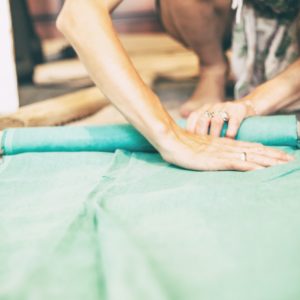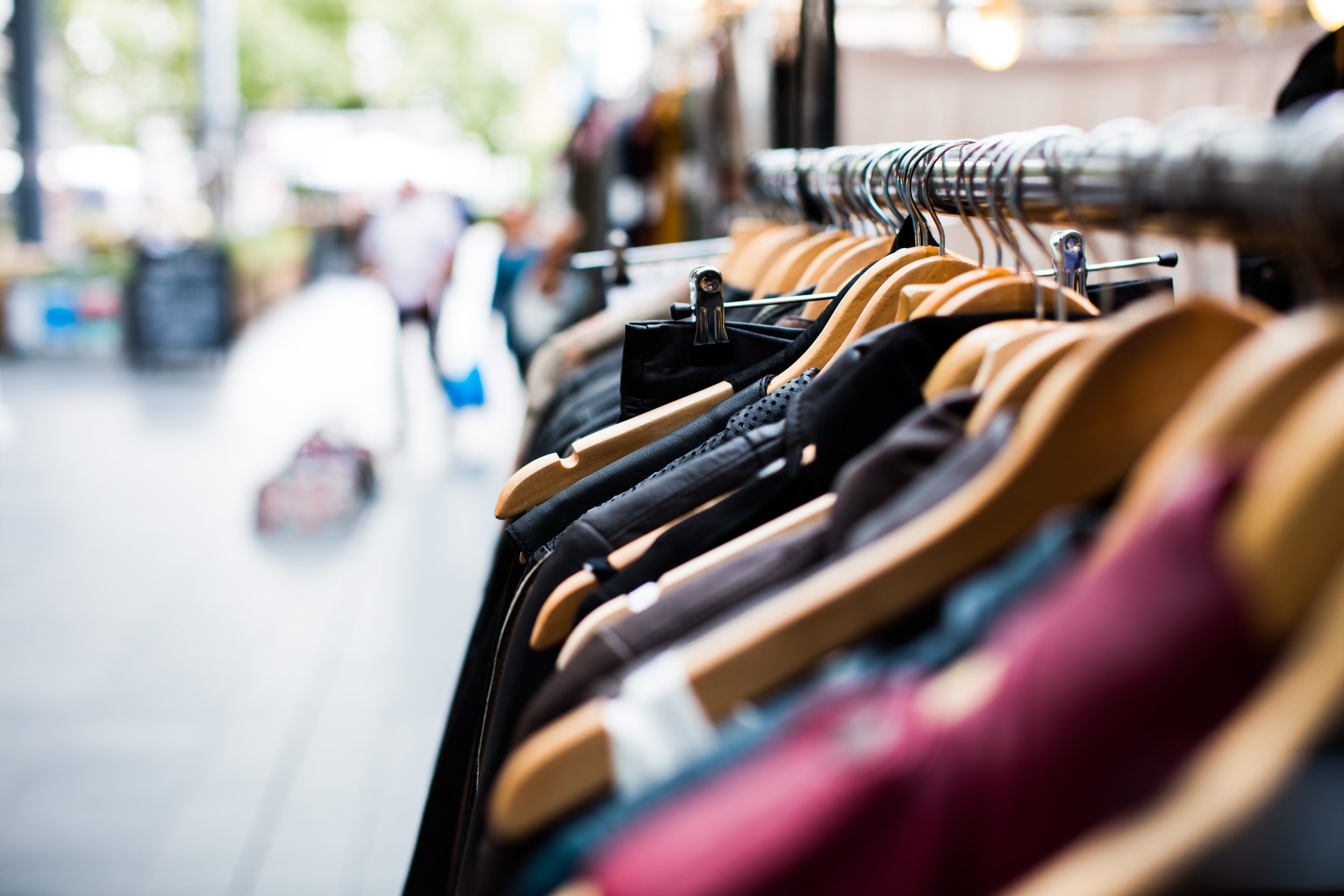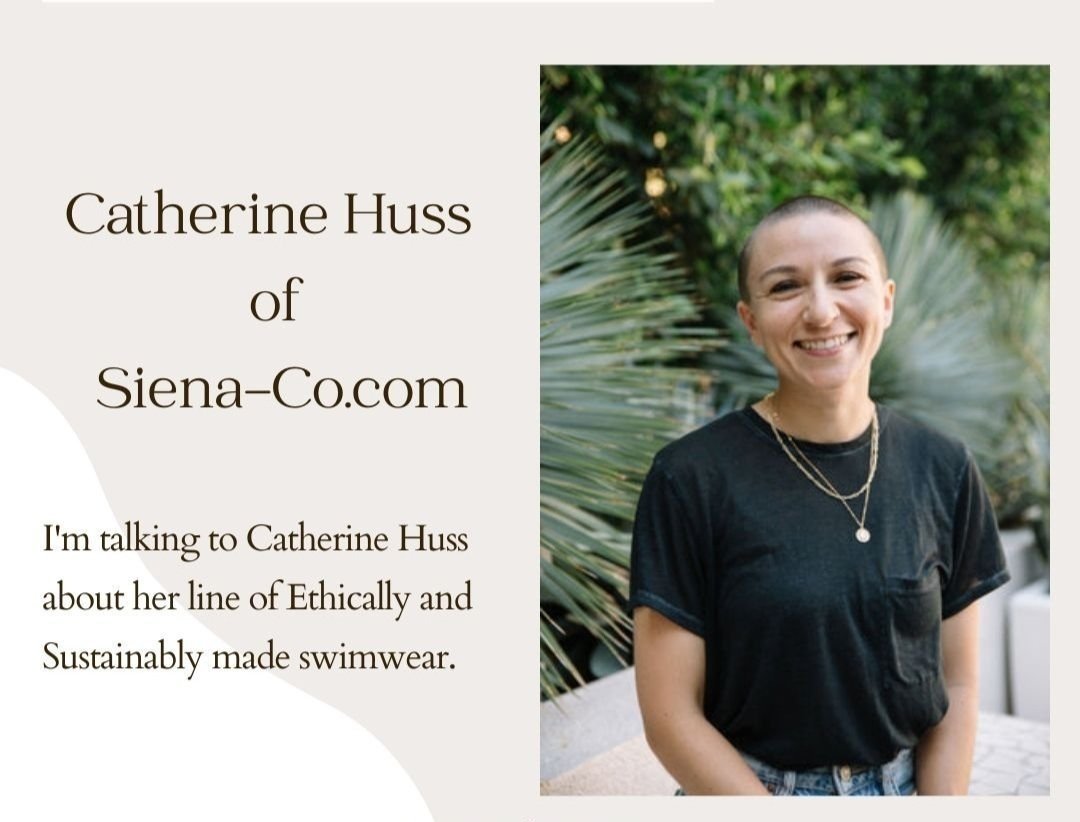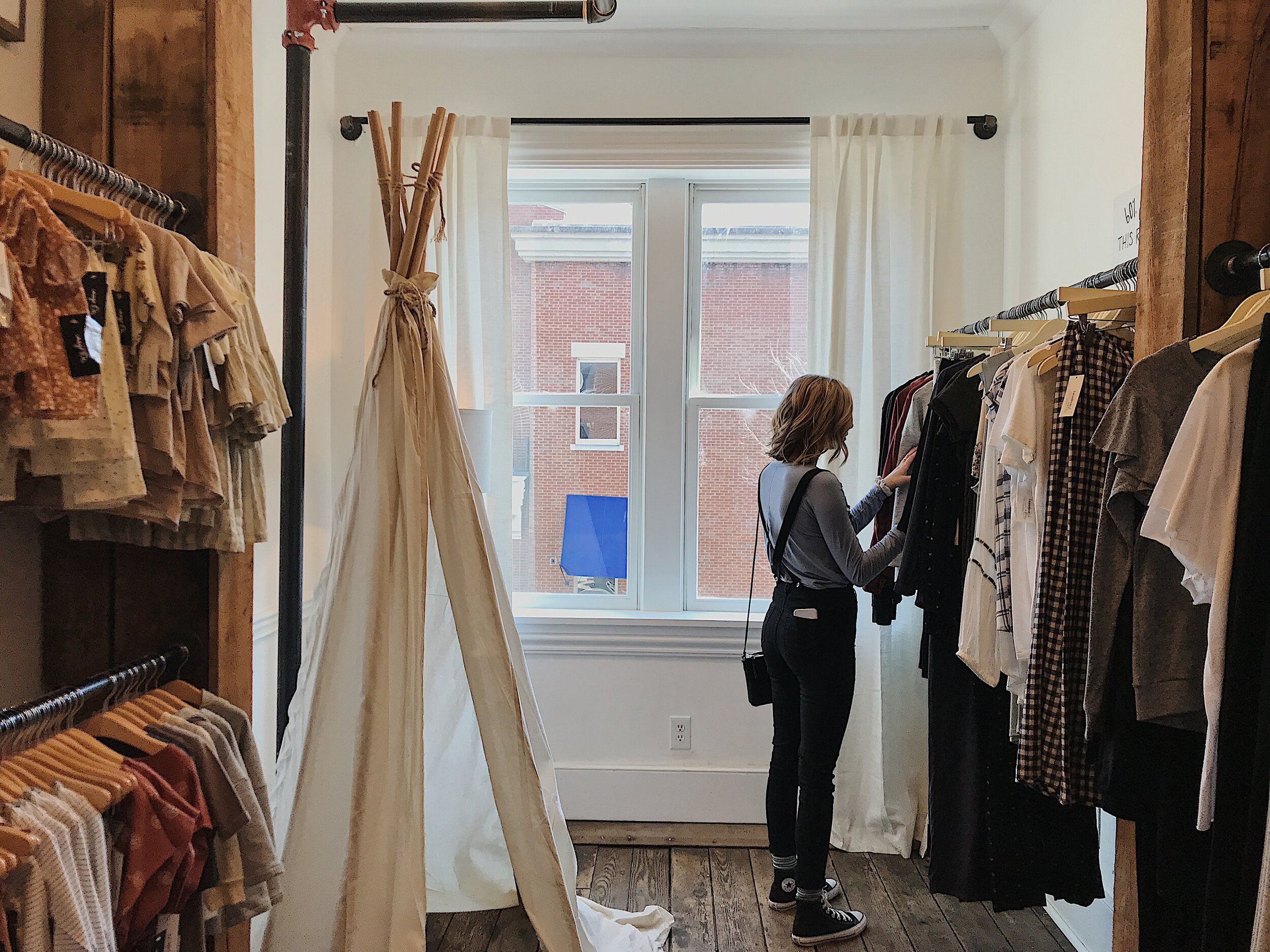
What exactly are SUSTAINABLE MATERIALS?

Sustainable materials are one of the primary aspects when thinking of sustainable fashion. You might be wondering, what do sustainable materials even mean?
Well, I’m here to tell you!
They are environmentally-friendly materials that cause minimal to no damage and promote the ethical treatment of workers.
Sustainable materials are often made from natural or recycled resources. They frequently conserve water, waste, and use fewer emissions.
The refreshing thing is there isn’t just one sustainable fabric that is the perfect magical answer. Instead, the hope is that through responsible production and environmental growing practices, better materials can help create a more transparent and sustainable fashion industry.
With that said, let’s discuss some!

ORGANIC COTTON
Not to be confused with regular cotton, as generic cotton uses a lot of water!
For example, it can take up to 20,000 liters of water to make just one cotton shirt and a pair of jeans! That’s a lot! Organic cotton still uses a lot of water, but it uses 46% less H2O! It’s also GMO-Free, lightweight, breathable, and requires no other raw materials.
There are no pesticides or insecticides used in the growing of organic cotton, which means farmers have safer working conditions!
You might be wondering, what can a consumer do to make sure they’re buying organic cotton and not just conventional cotton?
The easiest step is to read labels. It must be certified organic:
- OCS (Organic Content Standard) provides third-party assurance that the organic content in your clothes can be traced back to the source.
- GOTS (Global Organic Textile Standard) traces the organic content in your clothes and ensures that it is processed socially and sustainably.

BAMBOO
Did you know that the same plant that pandas eat can also be used to make clothes and other products?!
Bamboo is very soft and very strong!
Bamboo absorbs three times more moisture than most fabrics. It grows rapidly and doesn’t require replanting, pesticides, or fertilizer.
Sadly, it’s not 100% perfect, as most of it is chemically manufactured and requires multiple bleaching processes.

HEMP
Hemp is constructed from the fibers of the stalks of the Cannabis sativa plant.
Don’t worry, you can’t get high from wearing hemp clothes. It comes from the non-intoxicating part of the plant.
Hemp can be used in a wide variety of things such as clothes, cosmetics, detergents, soaps, and more!
It’s extremely eco-friendly and the most durable of ALL natural fibers. It’s highly absorbent, lightweight, breathable, and three times stronger than cotton. It grows in abundance in many parts of the world.
Unlike cotton, it requires very little water. It doesn’t require pesticides or insecticides which means less harm to our farmers!
While it’s almost perfect, the fabric can break down at the creases if the chemicals are not applied in post-processing. It can also be labeled organic even if chemicals are used at any stage of processing.

LYOCELL/TENCEL
Lyocell, which is also known as Tencel, is one that you might not have heard of before. It’s composed primarily of cellulose derived from wood pulp.
The process involves dissolving the wood in a non-toxic solvent. The solvent can be reused and used again in the next batch! It’s often used as a substitute for cotton or silk.
The fabric feels like soft cotton, and it’s used to make everything from shirts to towels to underwear.
However, the fabric can pill, and it doesn’t hold dye together super well.

LINEN
Linen is made from very fine fibers, derived from the flax plant.
These fibers are extracted, spun into yarn, and then woven into long sheets of comfortable, durable fabric.
It’s natural, lightweight, highly durable, and stronger than cotton.
They do use bleach to prepare for dying, and it can also wrinkle easily, and be genetically modified.

RECYCLED PET
Recycled PET (polyethylene terephthalate or polyester) is made from discarded water bottles and other plastic waste that otherwise would be sitting in a landfill or the ocean.
Pretty cool, huh?
PET is totally recyclable and is the most recycled plastic in the world. It doesn’t require the oil and energy of making new fabrics like traditional Polyester. It’s also lightweight and inexpensive compared to most other fabrics.
Since it’s made from plastic, it can shed tiny microplastics when washed, which are harmful to the planet and ocean.
But there are microfiber filters that aren’t expensive that you can buy that help prevent or reduce microplastic pollution.
We discussed the most sustainable materials, now let’s take a second to mention the least sustainable materials (boooo…)
- Polyester
- Acrylic
- Conventional Cotton
- Rayon
- Nylon
Some examples of why these aren’t sustainable include the fact that many of them aren’t biodegradable. They can take anywhere from 20-200 years to break down!
Polyester is partially made from oil which is a big contributor to pollution.
Acrylic production involves using highly toxic chemicals which can be dangerous to the workers.
Rayon, while from plants, has caused many places to experience deforestation, causing habitat loss for animals.
Nylon production creates nitrous oxide, which is an even larger contributor to global warming than carbon dioxide is.
So, while no sustainable material is 100% perfect, you can see why it’s important to choose sustainable materials when choosing what products to buy!






